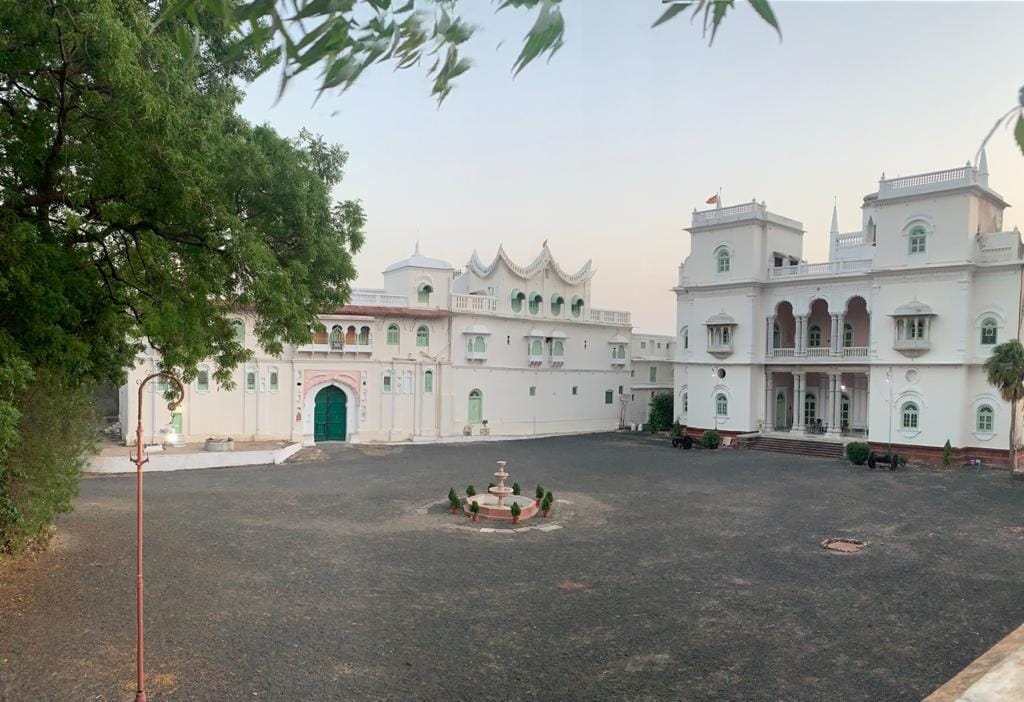Nestled in the heart of Madhya Pradesh, India, Sailana is a place where grandeur and rich history seamlessly blend into the fabric of the region. This charming town boasts a royal heritage deeply rooted in the illustrious Rathore dynasty—a prestigious lineage that has left an indelible mark on the tapestry of Indian history. In this article, we embark on a journey to explore the captivating tales that have shaped Sailana’s royal heritage and the enduring legacy of the Rathore dynasty.
The Rathores of Sailana: An Illustrious Lineage
The Rathores of Sailana trace their origins to the renowned Rathore dynasty of Jodhpur, Rajasthan. The foundation of Sailana was laid by Raja Jai Singhji, the youngest son of Raja Keshri Singhji, in Ratlam in 1716. This marked the emergence of Sailana as an independent principality, with Raja Jai Singhji displaying exceptional leadership skills and an unwavering determination to carve out his own realm. Through a series of conquests and strategic alliances, he expanded Sailana’s territories, solidifying its status as a sovereign principality.
In 1736, Raja Jai Singhji embarked on a visionary endeavor by establishing a new capital, which he aptly named Sailana. The name itself carries profound historical significance, standing as a testament to the founder’s visionary spirit. Sailana swiftly evolved into a hub of power, culture, and refinement, attracting scholars, artists, and intellectuals from far and wide.
The Culinary Legacy of Sailana
During the era of British rule, the Sailana royal family gained prominence not only for their valor and political acumen but also for their culinary expertise and distillation of spirits. This culinary tradition was initiated by HH Raja Sir Dilip Singhji, who found himself stranded in the wilderness with his friends, separated from his retinue. It was during this time that he realized the importance of cooking and embarked on a mission to collect and preserve culinary traditions, meticulously translating recipes from Persian, Urdu, and Sanskrit.
HH Raja Sir Dilip Singhji’s culinary legacy was further elevated by his son, Digvijay Singh. Together, they embarked on an extraordinary culinary journey, crafting an astonishing thousand recipes, many of which were on the brink of extinction. These culinary treasures, painstakingly translated from ancient languages, were documented by the Raja of Sailana to ensure their preservation for future generations.
Raja Digvijay Singhji became renowned for his culinary expertise and eventually published the famous cookbook, “The Maharajas’ Delightful Dishes.” Prior to this, the recipes had been closely guarded secrets, known only to the mothers-in-law of the family. Cooking thus became a cherished art within the Sailana royal family, passed down through generations as both a skill and a passion.
Beyond Culinary Expertise: Botanical Marvels and Architectural Grandeur
However, the Rathores of Sailana were not solely known for their gastronomic delights. Raja Digvijay Singhji, in addition to his culinary pursuits, was an avid botanist and collector of rare plants. He established magnificent cactus and rose gardens that became renowned for their exquisite beauty. These meticulously maintained gardens, replete with rare and exotic flora, stand as testaments to the Rathores’ appreciation for the splendor of the natural world.
Sailana is also home to the awe-inspiring Sailana Palace—a captivating blend of Rajput and European architectural styles. This regal edifice with its opulent interiors, intricate carvings, and beautiful frescoes narrates tales of valor and royalty. Sailana Palace stands as a testament to the architectural prowess of its builders and serves as a living testimony to the grandeur of a bygone era.
Sailana Today: A Living Legacy
Today, Sailana stands at the crossroads of tradition and modernity. The current Maharaja, HH Raja Vikram Singhji, is dedicated to preserving and promoting Sailana’s rich heritage. He has organized numerous culinary festivals across India to showcase Sailana’s cuisine and culture. Additionally, efforts are underway to establish a museum dedicated to preserving Sailana’s history, ensuring that the legacy of this princely state continues to thrive in the modern era.
Conclusion
Sailana’s royal heritage is a tapestry woven with tales of valor, culture, and refinement. The Rathore dynasty’s legacy of leadership, culinary excellence, and love for nature continues to inspire and captivate the imagination of all who visit this historical gem. Sailana’s royal heritage stands as a testament to the enduring spirit of the Rathore dynasty and their remarkable contributions to India’s rich cultural tapestry. As more travelers and history enthusiasts discover the allure of Sailana, its significance in the annals of Indian history shines even brighter, inviting all to explore its royal heritage and timeless charm.

